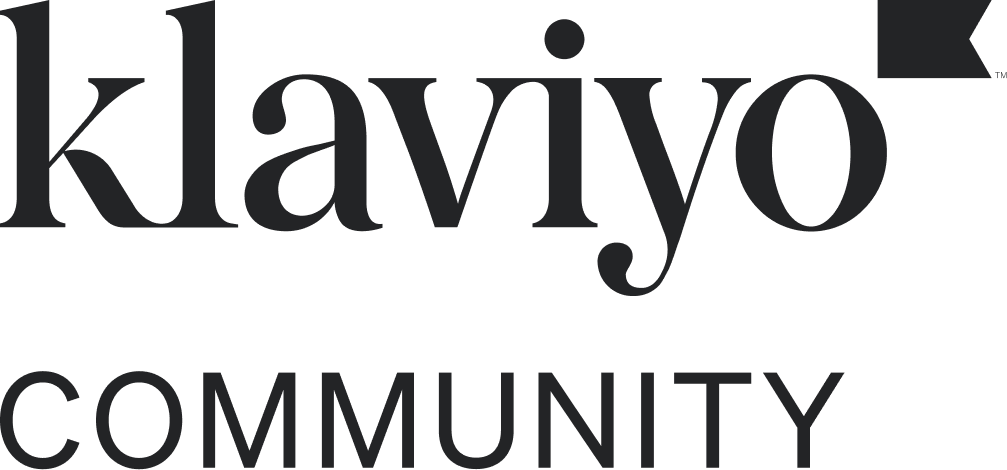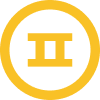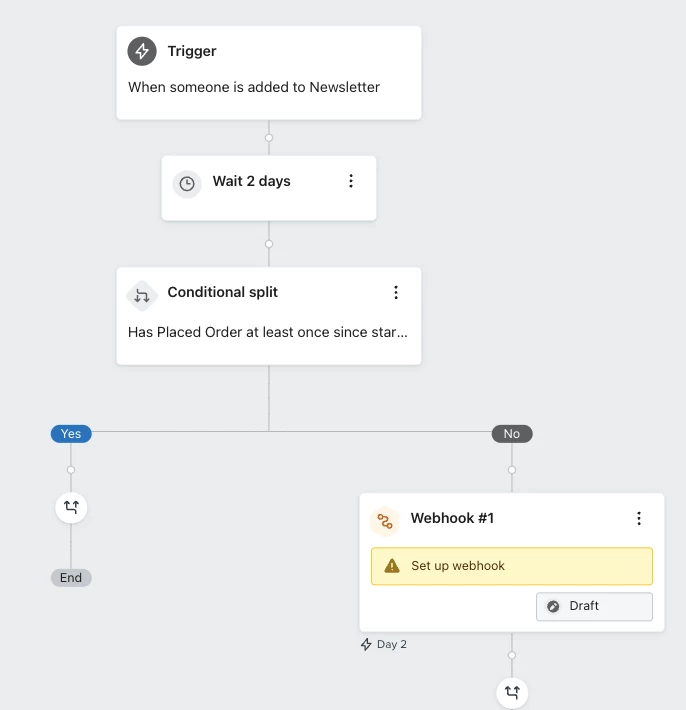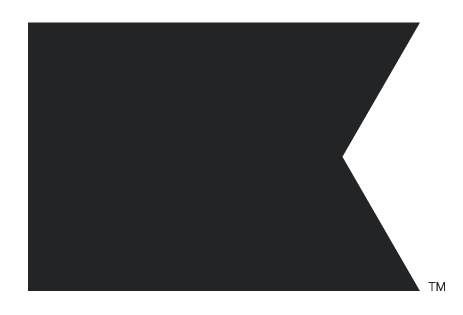Hello, everyone!
I'm using Klaviyo's API to create a flow and I can't find a way to use the "since starting this flow” filter.
I think it's not accessbile through the api? At least that's what chatty (chatgpt) tells me lol.
Have you tried something like this? And if so, did you find a workaround? I'm thinking of using an "in the next X [time]” filter as an alternative.
So, if someone entered a welcome sequence that lasts 2 days and I wanted to stop it if they bought, I could probably add a filter of "placed order 0 times in the next 2 days”
Haven't thought much about the edge cases yet though













